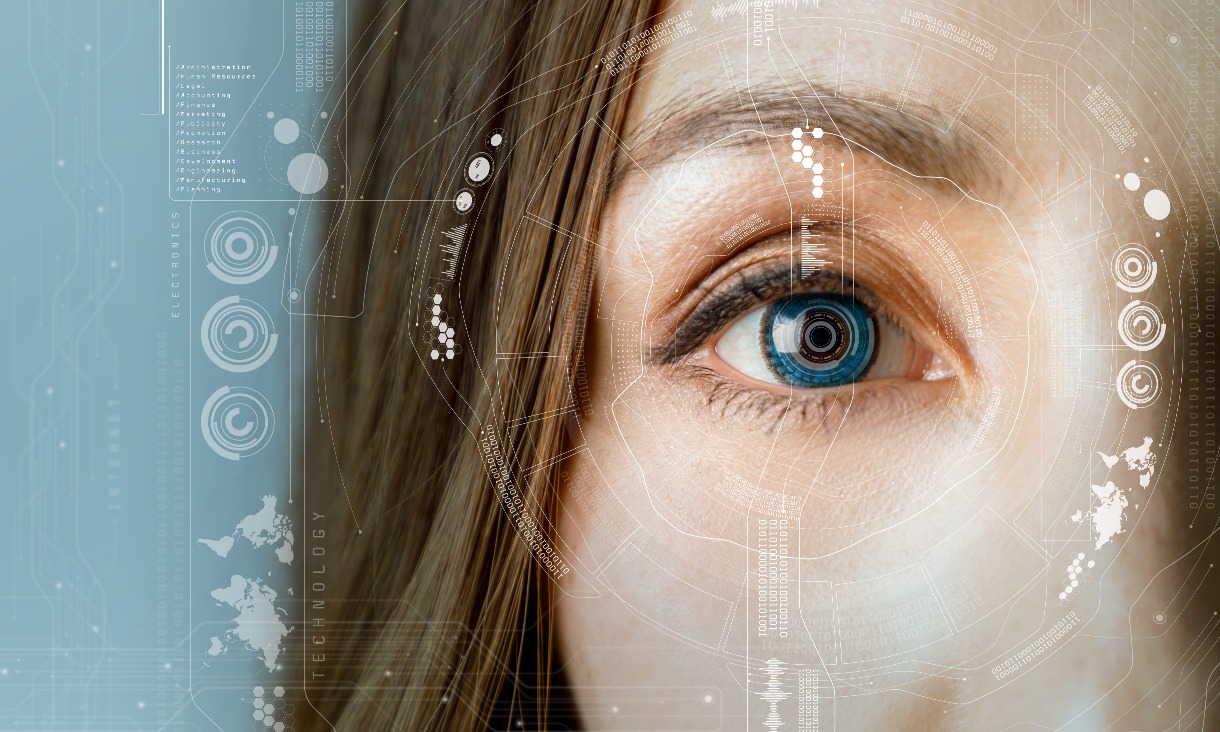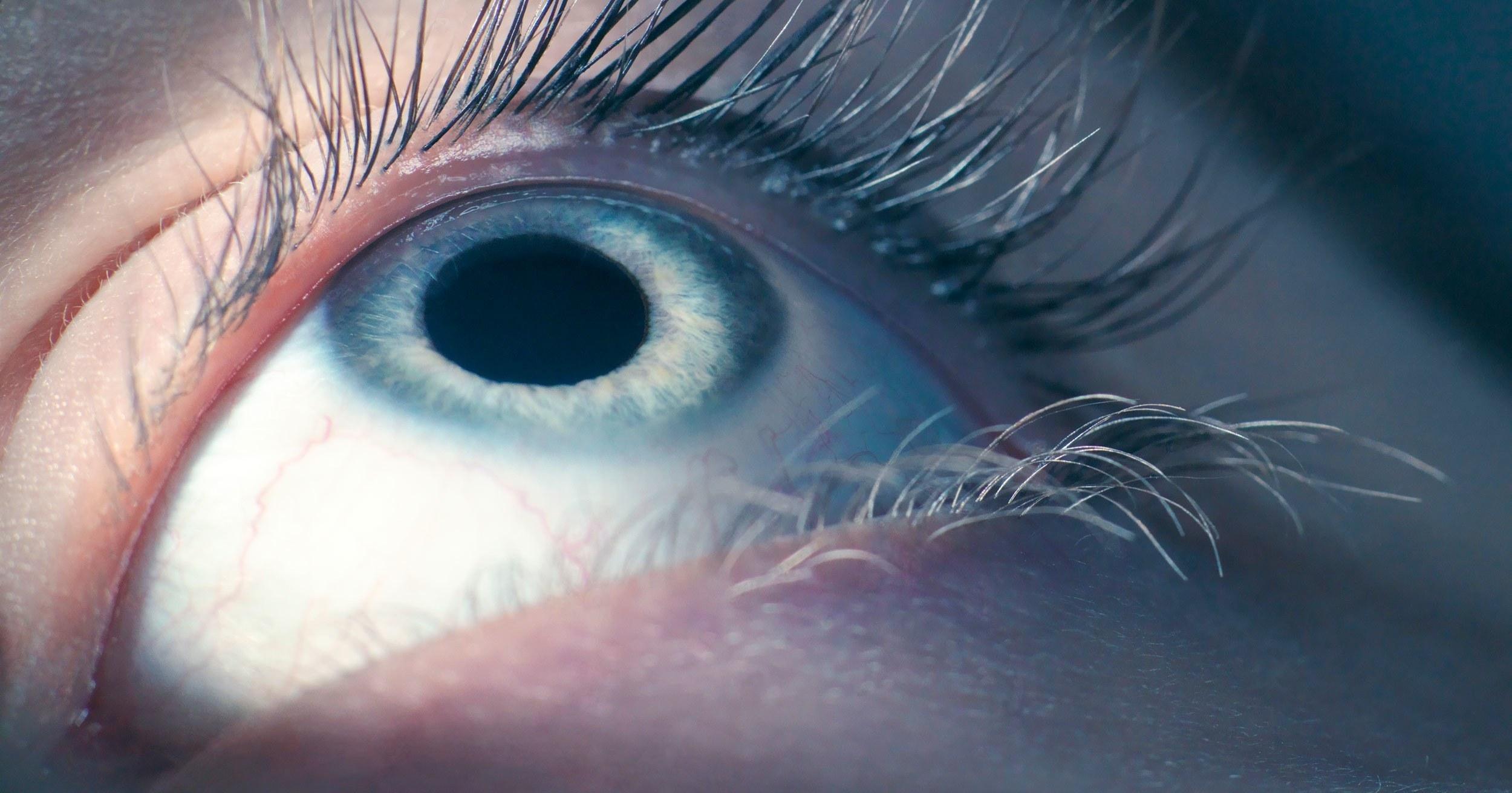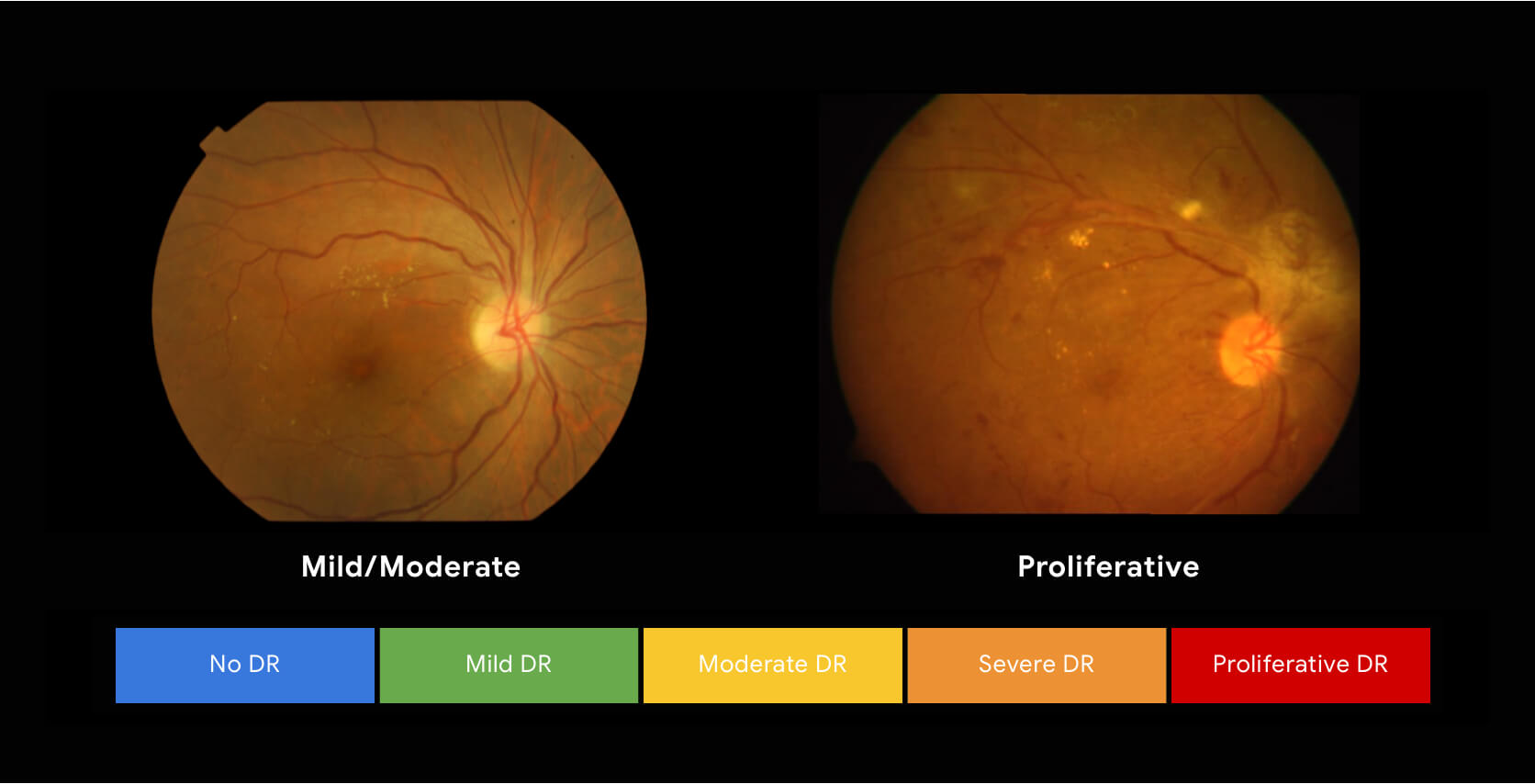Google and a team of British doctors have launched a new technique that can determine signs that can lead to blindness in certain people in the future. While Artificial Intelligence (AI) gives a major step in determining eye diseases and problems by testing and locating medical images.
Diabetic retinopathy is a diabetes complication that affects the eyes. It’s caused when the blood vessels of the light-sensitive tissue at the back of the retina are damaged. Thus, it is the most general cause of blindness in those between 30 to 64 years of age. But, no worries, because this is now treatable.
Photocoagulation can treat both Diabetic maculopathy and Proliferative retinopathy effectively. The treatment shows more good results if begun in the starting of the disease.

Available Techniques To Treat Blindness
Duration of diabetes and HbA1c were the important risk factors for developing proliferative retinopathy. And the duration of diabetes, systolic blood pressure, and HbA1c were the important factors for maculopathy. The adjusted relative incidence for proliferative retinopathy in the highest quartile was 26.7. And for maculopathy it was only 2.29.
Recently, the experts have developed Vitrectomy with microsurgical techniques. It is a surgical procedure where the vitreous humor gel that fills the eye cavity is removed. Therefore, it provides better access to the retina. And this was effective in restoring vision to many patients blind from the complications of proliferative retinopathy.

Diabetic retinopathy is caused by damage to the blood vessels in the tissue at the back of the eye (retina). Poorly controlled blood sugar is a risk factor.

They performed continuous tests with 12,000 images with the majority agreement of experts drawn from Google’s pool of 54 on each of these images set as the reference standard. Therefore, the experts ensured the best results.

Experts’ opinion on Google’s new AI
Google appointed the experts on the basis of the high consistency of accurate diagnosis. The algorithm’s performance on diagnosing the disease and its severity, in terms of combined sensitivity and specificity matrix, was 0.95. This is slightly above the median score of 0.91 for the ophthalmologists who were part of the tests.
Google has since been working with retinal specialists to develop even more strong and healthy reference standards. Thus, giving more attention to 3D retinal images. It is running field trials for AI-assisted diabetic retinopathy screening in Sankara Nethralaya and Aravind Eye Hospital in India.
According to given data, affects 18% of the 70 million diabetics in India and with 415 million diabetics worldwide, is now increasing efficiently which becomes the cause of blindness. Google’s algorithm widely improves the prospects of DR. Thus, the day is not far when the new technologies will eradicate blindness completely.









